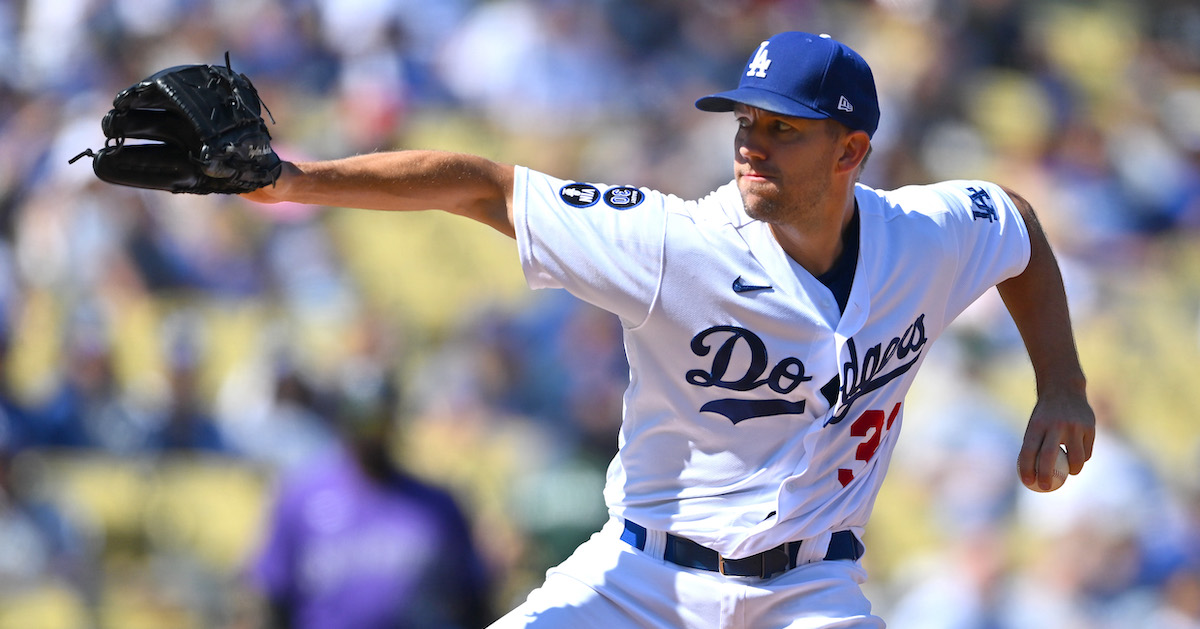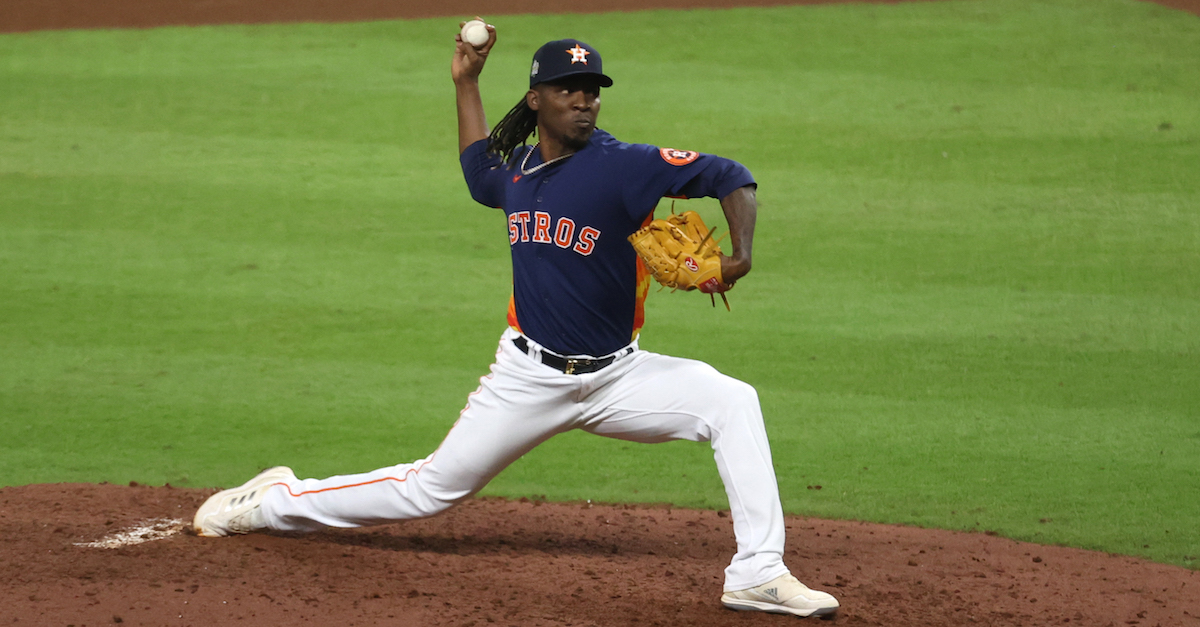José Abreu Fits the Astros Like a Glove

The Astros capped off a dominant postseason run with a World Series title that showed off a well-rounded and star-studded organization. They won with great starting pitching, great relief pitching, powerful hitting, and excellent defense. This wasn’t a case of a few guys getting hot and carrying a moribund offense, or a heroic member of the rotation piling up innings that no one counted on. The team stacked with good players up and down the roster simply deployed them as expected, and got a parade for its trouble.
It’s funny, in that context, to note that one of the best offenses in baseball had a clear hole at first base. Yuli Gurriel, the longtime incumbent at the position, had an abysmal year, compiling a .242/.288/.360 batting line that represented his second-worst performance in the majors (and his second poor showing in three years). The Astros scored runs at a gaudy clip despite his decline, but they didn’t bury their heads in the sand about Gurriel; they traded for Trey Mancini at the deadline to shore up their first-base options.
Bad news: Mancini wasn’t very good either. He and Gurriel combined to rack up -1.4 WAR with Houston. Yeesh. By the time the playoffs rolled around, the Astros were using unheralded rookie David Hensley as a right-handed DH in lieu of Mancini. It worked well enough to win, but it was a strange look for a team already punting on offense at catcher. Read the rest of this entry »








